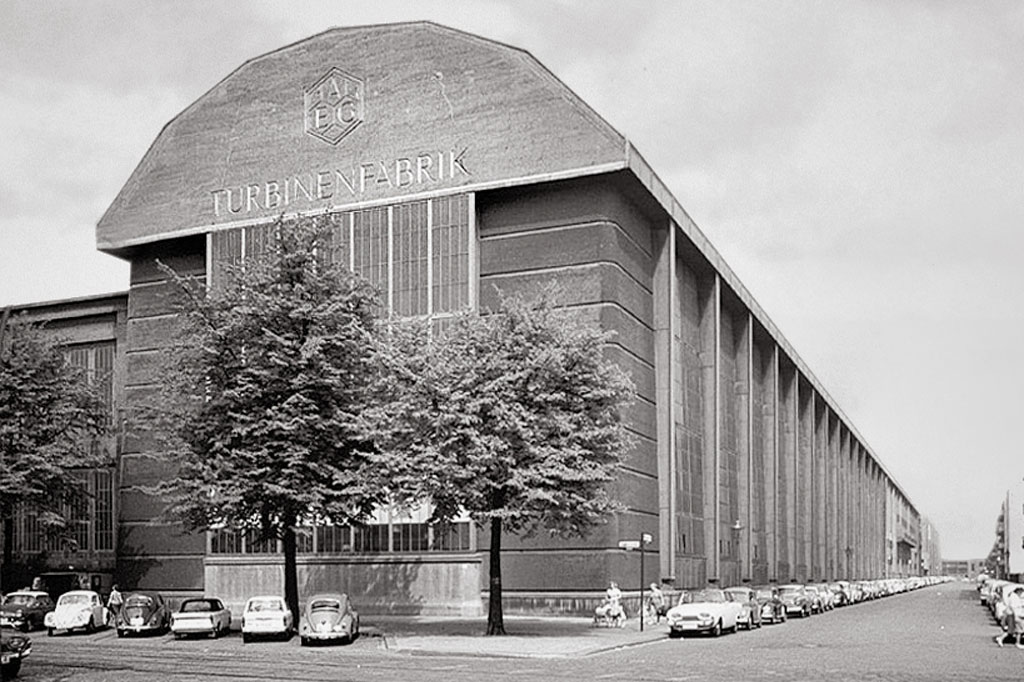Berlin > Elektropolis
From the mid-19th century onwards, the Berlin region developed into an international hub of the power and electrical industries. During industrialisation, large power plants, industrial facilities, factories and many other businesses sprang up in the city and its outskirts. These structures and the new residential quarters around them shaped entire areas and city districts, such as the industrial zone near Siemensstadt and the district of Oberschöneweide. Apart from the electrical industry, there were several large companies that hired large numbers of workers and spurred the city's population growth.
At the turn of the 20th century, many big German companies were based in Berlin and its environs. These included engineering concern Siemens, the Borsig machine works, electrical plant supplier AEG, chemicals manufacturer Schering (now part of Bayer), lighting manufacturer Osram and pioneers of consumer electronics such as Telefunken and Blaupunkt. Because of the concentration of companies in the power and electrical sectors, the name "Elektropolis" was coined ("polis" is the Greek word for city). This development coincided with the expansion of early public transport. In 1881, the first electrically powered railway went into operation in the Lichterfelde district. Alexanderplatz and Potsdamer Platz became busy transfer stations for public transport and major traffic junctions. In 1920, after the merger of districts and towns that formed Greater Berlin, the metropolis was the largest industrial city in Europe.

